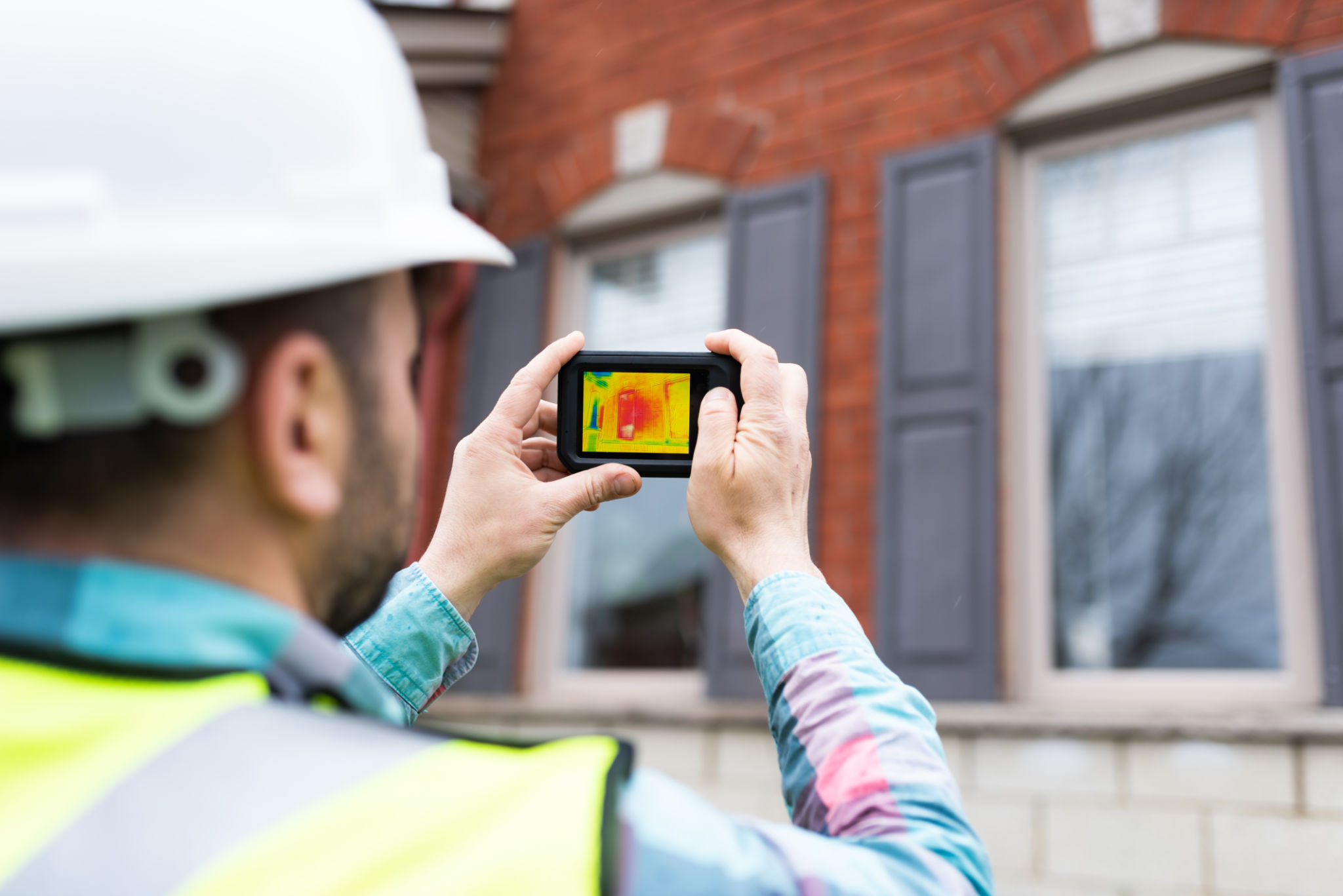Case Study: Implementing Sustainable Compressed Air Solutions in Europe
Introduction to Sustainable Compressed Air Solutions
In recent years, the industrial sector in Europe has been under increasing pressure to adopt more sustainable practices. One area that has seen significant innovation is compressed air systems. These systems are vital for various industrial operations, yet they can be surprisingly energy-intensive. Implementing sustainable compressed air solutions is an essential step toward achieving energy efficiency and reducing carbon footprints.
The Need for Change
Compressed air systems are often referred to as the "fourth utility" due to their widespread use across multiple industries. However, traditional systems can be wasteful, with energy losses occurring through leaks, inefficient components, and outdated technologies. As industries strive to meet stricter environmental regulations and corporate sustainability goals, transitioning to more efficient systems becomes crucial.

Key Strategies for Implementation
Several strategies can help businesses implement sustainable compressed air solutions effectively. These include:
- Energy Audits: Conducting thorough energy audits to identify inefficiencies and areas for improvement.
- System Optimization: Re-engineering existing systems for better performance and reduced energy consumption.
- Regular Maintenance: Establishing a consistent maintenance schedule to prevent leaks and ensure optimal operation.
By focusing on these strategies, companies can not only reduce energy consumption but also extend the lifespan of their equipment, leading to cost savings over time.

Case Study: A European Success Story
A leading manufacturing company in Europe recently embarked on a project to overhaul its compressed air system. The company faced challenges with high energy costs and frequent system downtimes. By partnering with a specialized engineering firm, they conducted a comprehensive audit that revealed several inefficiencies in their existing setup.
The project involved upgrading components to newer, more efficient models, installing advanced monitoring systems, and training staff on best practices for system usage. The results were remarkable, with the company achieving a 30% reduction in energy costs and improved system reliability.
The Role of Technology and Innovation
Technology plays a vital role in the transition to sustainable compressed air solutions. Innovations such as variable speed drives, smart sensors, and data analytics have revolutionized how these systems are managed. By utilizing these technologies, businesses can gain real-time insights into system performance, allowing for proactive maintenance and optimization.

Moreover, cloud-based solutions enable remote monitoring and management, ensuring that companies can maintain efficiency across multiple locations. This not only supports sustainability efforts but also enhances operational flexibility.
Future Outlook and Benefits
The future of sustainable compressed air solutions in Europe looks promising as more companies recognize the financial and environmental benefits. Transitioning to these solutions helps businesses align with the European Green Deal's objectives, which aim for carbon neutrality by 2050.
In addition to cost savings and compliance with regulations, companies that adopt sustainable practices often experience improved brand reputation. Consumers and partners increasingly favor businesses that demonstrate a commitment to environmental responsibility.
Conclusion
Implementing sustainable compressed air solutions is a vital step for European industries striving for greater efficiency and environmental stewardship. By leveraging modern technologies and adopting strategic approaches, companies can achieve significant energy savings and contribute positively to the planet's future.

